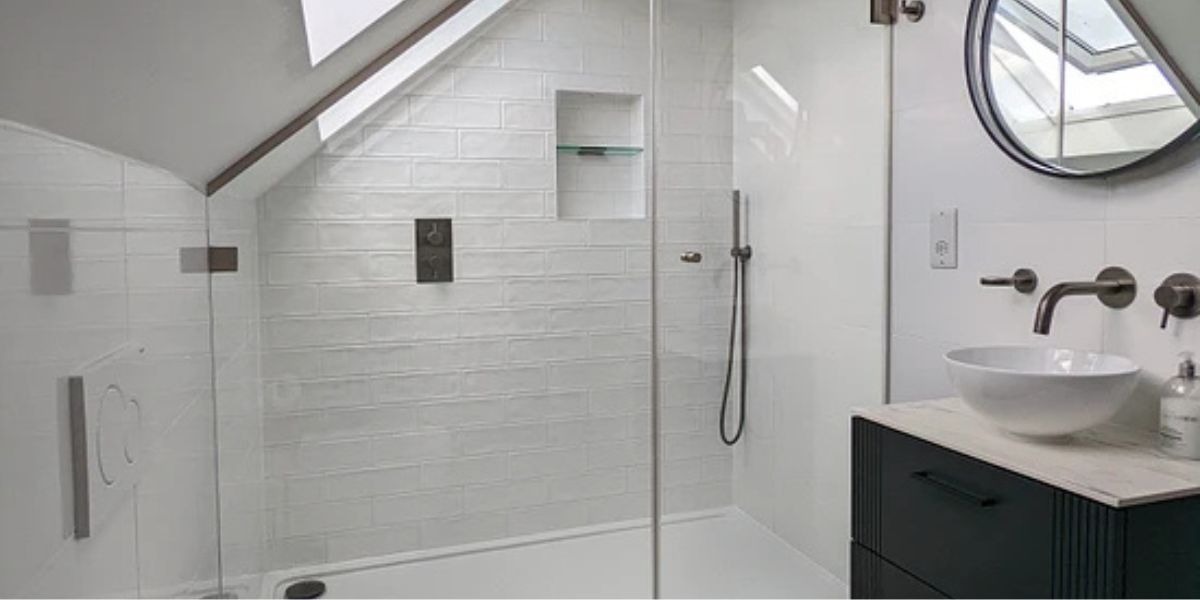In today's fast-paced world, where every second counts, the need for efficiency and hygiene in public and private restrooms has never been more critical. Enter the automated flushing system, an innovation that is not only revolutionizing restroom hygiene but also ensuring environmental sustainability. As industry QA professionals, it is essential to understand the intricacies and benefits of this technology to ensure its optimal implementation and maintenance.
The automated flushing system is a technological marvel designed to enhance user experience and promote hygiene. It operates through sensors that detect user presence and automatically flush the toilet, ensuring that the restroom remains clean and odor-free. This system is particularly beneficial in high-traffic areas such as airports, malls, and office buildings, where manual flushing can often be overlooked.

The Science Behind Automated Flushing Systems
At the heart of the automated flushing system is a sensor technology that detects motion or body heat. These sensors are typically infrared-based, allowing them to accurately sense when a user is present. Once the user steps away, the system triggers a flush, ensuring that the toilet remains clean for the next user.
Beyond convenience, these systems are designed to conserve water. By providing a precise flush, they minimize unnecessary water usage, aligning with global water conservation efforts. This technology often incorporates dual-flush options, offering a half or full flush depending on the need. To delve deeper into the dual-flush mechanism, you can check out this insightful article on dual-flush toilets.
Benefits for Industry QA Professionals
For industry QA professionals, the implementation of an automated flushing system presents numerous advantages. First and foremost, it ensures a consistent level of hygiene across facilities, which is crucial for maintaining public health standards. Automated systems reduce the risk of germ transmission, a significant concern in public restrooms.
Moreover, these systems facilitate easier maintenance and reduce operational costs. With fewer manual interventions required, maintenance teams can focus on other critical tasks, ensuring the restroom remains functional and pleasant for users. The role of smart toilets in enhancing restroom efficiency is further explored in this smart toilet article.
Environmental Impact and Sustainability
As global awareness of environmental issues grows, the push for sustainable solutions in every aspect of life becomes paramount. The automated flushing system is a testament to this shift. By optimizing water usage, these systems play a vital role in conserving one of our most precious resources.
Industry QA professionals can leverage these systems to promote sustainable practices in their organizations. By adopting smart technologies, companies can reduce their carbon footprint and contribute to a greener planet. The comparison between smart toilets and traditional ones further highlights these benefits, as discussed in this smart vs. regular toilet article.
Implementing Automated Flushing Systems in Your Facility
For those looking to integrate an automated flushing system into their facilities, several factors need to be considered. First, assess the traffic and usage patterns of your restroom. High-traffic areas will benefit significantly from automated systems due to their efficiency and reliability.
Next, consider the initial investment versus long-term savings. While the upfront cost might be higher than traditional systems, the savings on water bills and reduced maintenance costs offer a compelling return on investment. For design inspiration and implementation ideas, explore these trendy bathroom designs.
Challenges and Considerations
While the benefits of automated flushing systems are vast, they are not without challenges. Ensuring the sensors are correctly calibrated to avoid false activations is crucial. Regular maintenance checks are necessary to ensure the system functions optimally and prolong its lifespan.
Furthermore, user education is essential. Clear signage and instructions can help users understand the system's operation, minimizing misuse or confusion. By addressing these challenges head-on, industry QA professionals can ensure the successful implementation of these systems.
Future of Restroom Technology
The future of restroom technology is undoubtedly exciting, with the automated flushing system at the forefront. As technology continues to advance, we can expect even more sophisticated systems that integrate AI and IoT for enhanced functionality and user experience.
Industry QA professionals should stay abreast of these developments, ensuring their facilities remain at the cutting edge of technology. For those interested in exploring other innovative bathroom technologies, this review on smart bathroom tech trends offers valuable insights.

Frequently Asked Questions
What is an automated flushing system?
An automated flushing system is a restroom technology that uses sensors to detect user presence and automatically flush the toilet, promoting hygiene and water conservation.
How does the system contribute to water conservation?
The system optimizes water usage by providing a precise flush, often offering dual-flush options to minimize unnecessary water use.
Are there any challenges in implementing these systems?
Challenges include ensuring correct sensor calibration, regular maintenance, and user education to prevent misuse and ensure optimal functionality.






